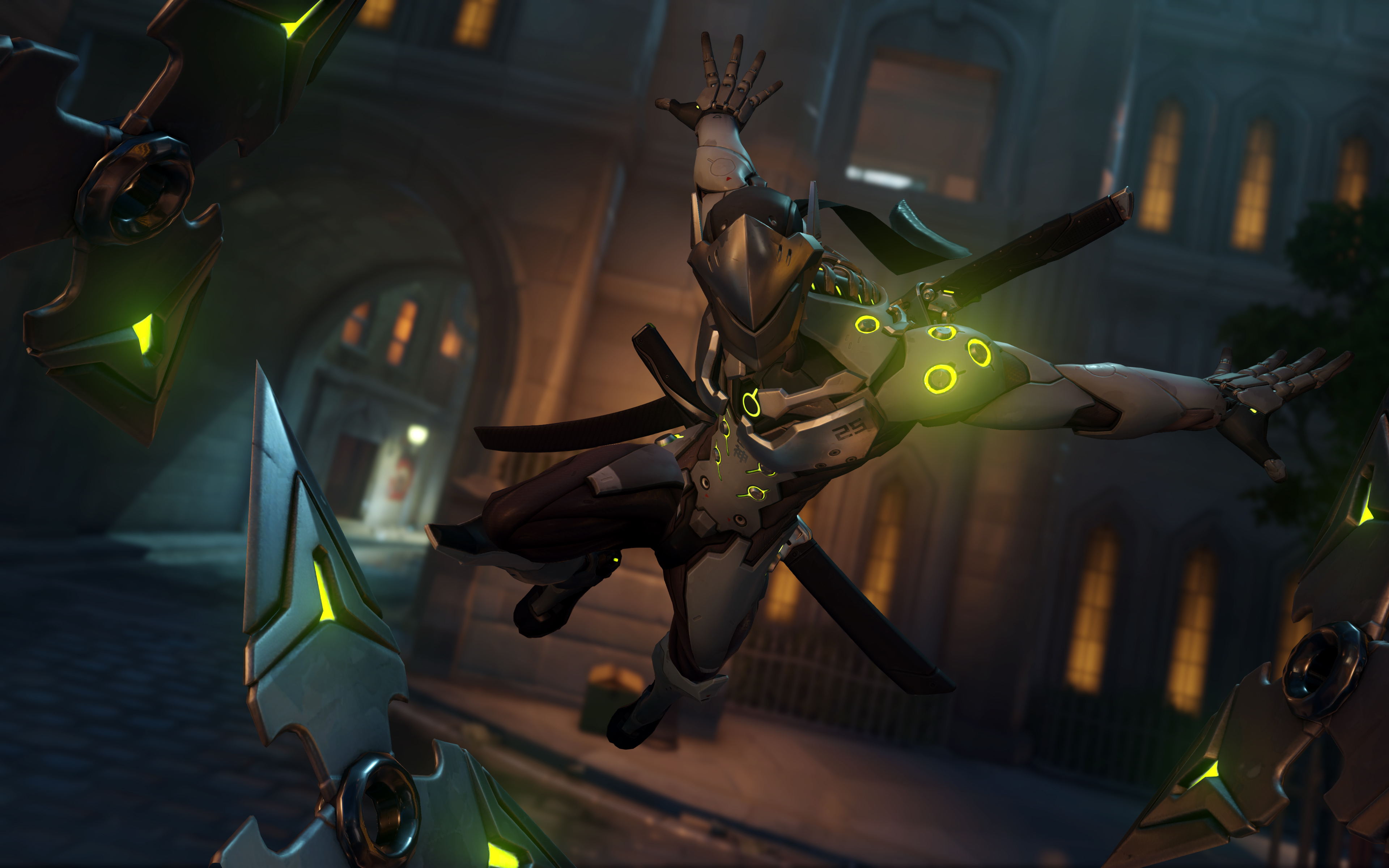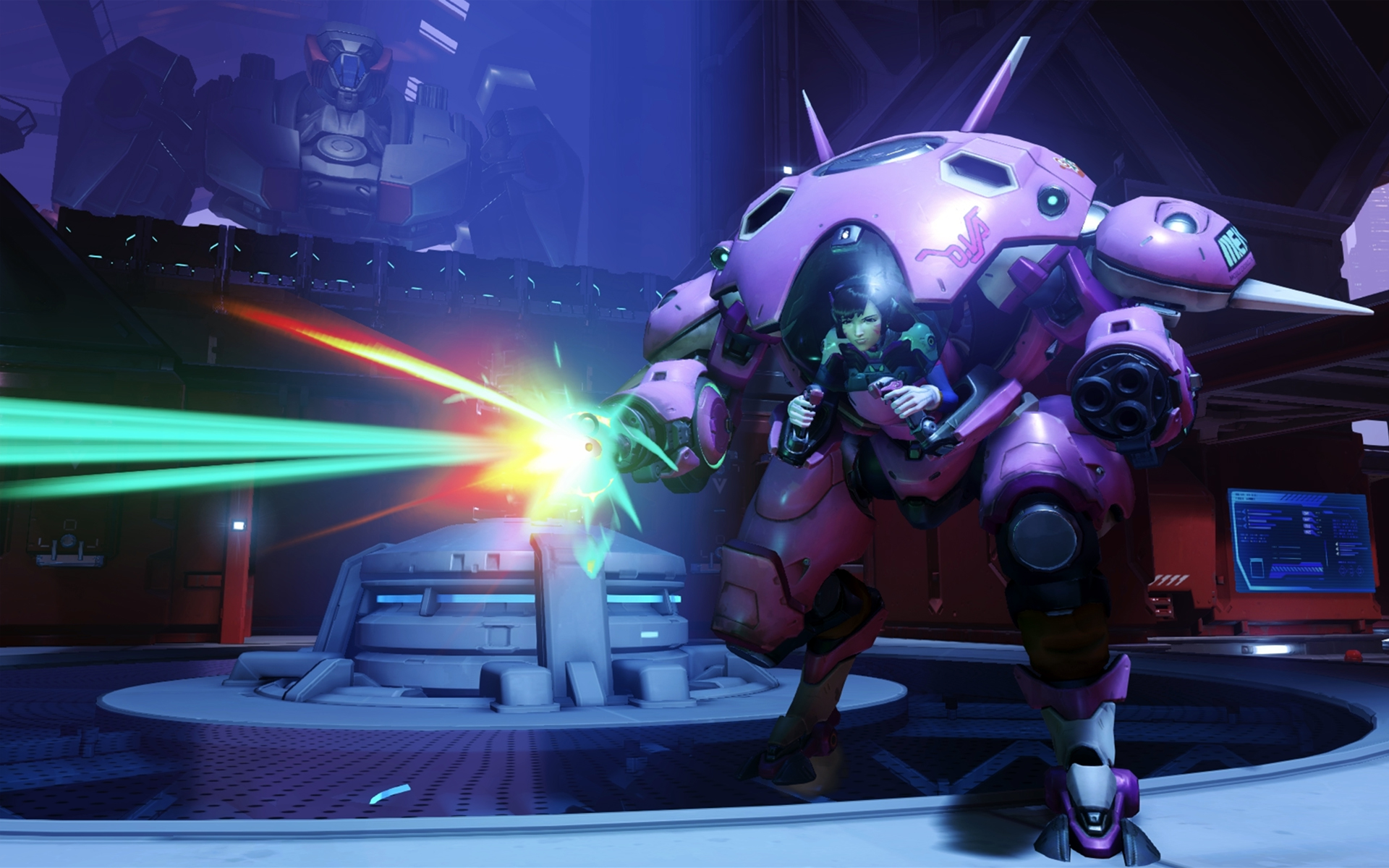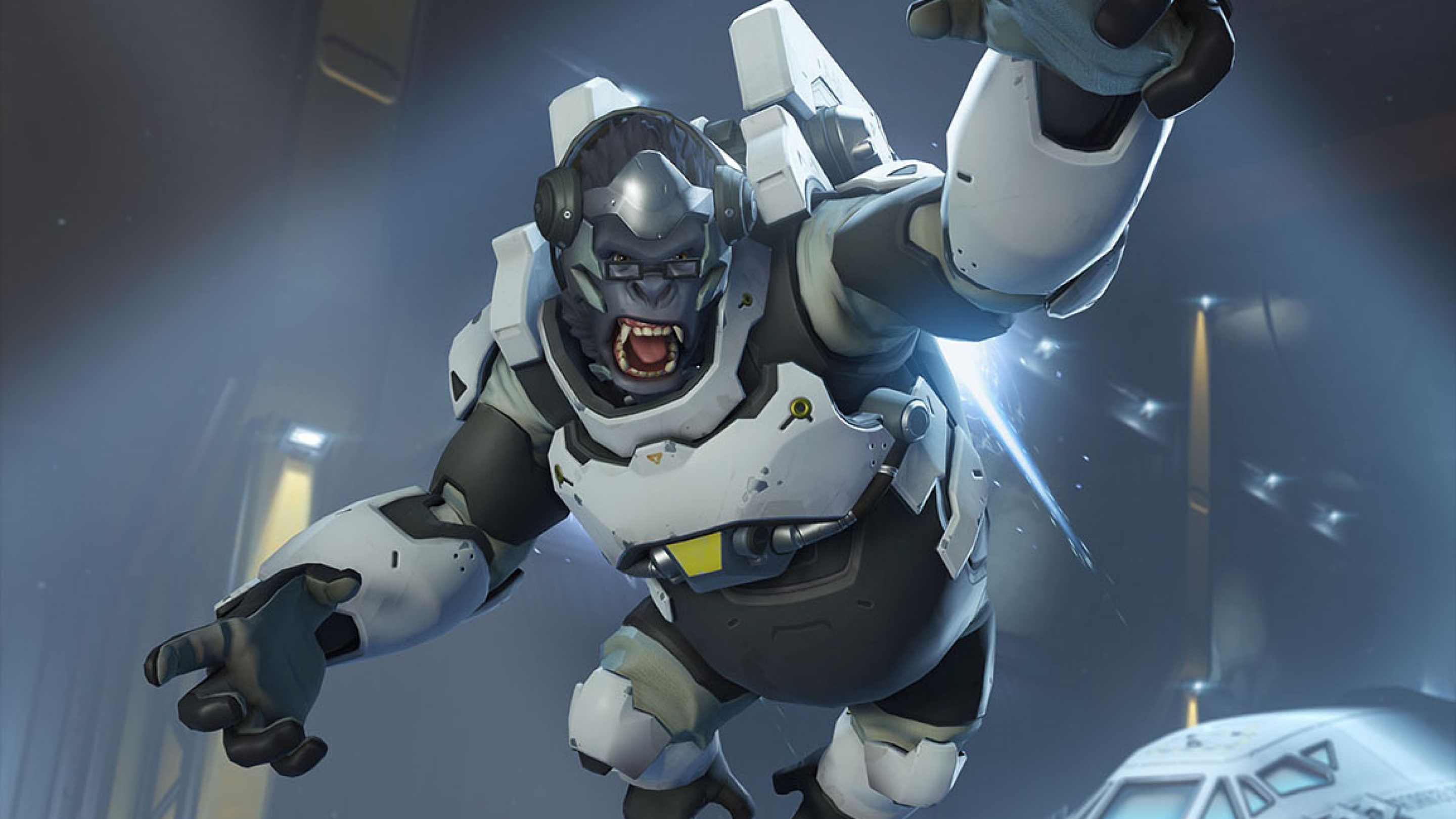How Overwatch's chaotic dive meta went from savior to villain
Players have grown tired of the reigning king of Overwatch's meta, but it's exactly what they asked for.

On September 1, 2016, Overwatch’s triple-tank comp became the new king of the game’s meta. That was the day that Blizzard nerfed the damage amplification of Zenyatta's Discord Orb and the mobility of Genji. That was the day many players found Ana.
Consisting of three tank heroes, one DPS, and two supports—one of which had to be Ana—triple-tank was a force to be reckoned with. The comp revolved around the high health pools of the game’s tank characters, Ana’s ability to provide AoE burst heals to her teammates via Biotic Grenades, and a series of shields. Put it all together and you had a big-boned roaming ball of death.
But the community quickly soured on the dominant new strategy. It wasn’t just that the triple-tank comp was powerful; the problem was that it was boring. Competitive Overwatch matches moved at a snail’s pace, and players of all skill levels could pull off the triple-tank strategy with very little teamwork required.
Following triple-tank's rise to power, the phrase “dive comp” began to appear more often across various Overwatch channels. It referred to a strategy that uses fast heroes to dive into the enemy team’s backline, quickly overwhelm an individual target, then use their numerical advantage to edge out a victory. The tactic had been around since Overwatch’s early days, but the proliferation of triple-tank teams gave the dive comp new life. Heroes like Tracer, Genji, Lucio, and Winston could be used to flank the enemy death ball and deprive them of their competitive advantage.
The dive comp was a sound strategy, but it’s important to remember that it rose out of necessity rather than because it was ideal. Blizzard's only response to the triple-tank meta was a November 15 patch that nerfed Ana's ult and Zarya's shields, but also included a significant D.Va buff that made her the star of an even stronger multi-tank comp.

Yet, that’s the very reason the dive comp became a beloved underdog. It was a strategy that didn’t benefit from the influence of Blizzard’s balance team, and successful dives required flawless team communication and execution. Unlike the slow, methodical deathball of triple-tank, dives demanded a kind of controlled chaos that few professional teams could pull off, let alone randomly matched online players.
Controlled or not, the chaos of early dive comps captivated those who witnessed it. When team Misfits won Dreamhack 2016 Winter off the back of a modified early dive comp, they captured the imagination of Overwatch players everywhere. In a post-Dreamhack interview, Misfits member Zebbosai downplayed the team’s plan to break the meta—he said the only reason their strategy succeeded was because everyone worked as a unit.
The biggest gaming news, reviews and hardware deals
Keep up to date with the most important stories and the best deals, as picked by the PC Gamer team.
Dives demanded a kind of controlled chaos that few professional teams could pull off, let alone randomly matched online players.
Of course that only made Misfits—and the dive comp—even bigger anti-meta heroes. They won because of superior skill and strategy rather than pre-programmed advantages. Some early dive comp supporters even wished that more people would be inspired to try dive and experience what the “pro style” of Overwatch play is like.
On January 24, 2017, that wish became prophetic, as Blizzard released a patch that nerfed the effectiveness of Ana’s Biotic Grenade. That change—combined with a reduction in D.Va’s overall damage and health—meant that the survivability the triple-tank composition relied on was drastically diminished. Triple-tank lingered in a modified form, but Overwatch’s meta no longer had an undisputed ruler. More importantly, it meant that those who held on to triple-tank but hadn’t compensated for recent changes could be picked apart by a dive, even if it wasn’t perfectly executed.
Still, dive was only prevalent at higher ranks. To many players, core dive heroes like Winston were underpowered. Blizzard noticed too, soon undoing a previous nerf to Winston’s Protective Barrier that was implemented at a time when multiple Winstons could be played at the same time in competitive matches. By starting the cooldown on his Barrier at the time it was deployed, instead of when it expired, Winston got a huge survivability boost—and by extension the dive comp grew even stronger.

What really pushed dive over the top, however, was a June 20, 2017 patch that drastically reduced Roadhog’s ability to hook and kill single targets in one shot. The Hook combo allowed a decent Roadhog player to pick apart the squishy offensive heroes that dive comps rely on. Without it, the most obvious one-character solution to a dive was no longer available.
At the competitive level, dive was suddenly the statistically ideal form of play. But in terms of entertainment value, the level of teamwork it required quickly grew less fascinating after watching dive vs. dive matches again and again.
Meanwhile, dive trickled down to lower skill tiers where players attempted to emulate the strategies seen in professional matches, but this led to an increase in team toxicity which detractors associate with the dive meta. Countering and executing a dive often requires true teamwork, and failure on either front results in a lot of bickering about who failed. That frustration is only amplified by the speed at which dive can remove a single target. One angry teammate can make a match turn ugly quickly.
While not everyone hates what the Overwatch meta has become, many of those who once viewed the dive comp as a rebel have come to resent its current status as conquering hero.
Those who have grown tired of this meta turn their eyes towards what’s next. Some pro teams are already experimenting with specific comps designed to counter diving teams. Others argue that Reaper and Doomfist will be utilized as enforcers against dive’s most valuable players, or that Sombra can be used to shut down their escape abilities. After that, the only question is how long until that new would-be savior in turn becomes the very same villain as dive.
Whatever it leads to next, Overatch’s dive era was born out of players working together to find a solution to an oppressive strategy. Meta fluctuations are inevitable, and the story of the dive teams teaches us that we ultimately end up with the meta we asked for.

